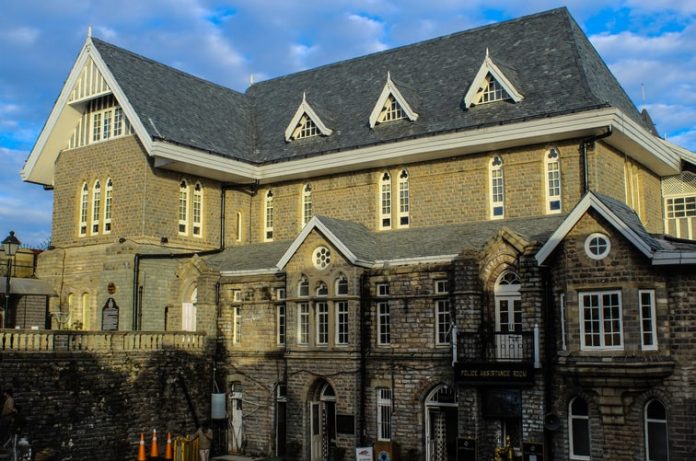In Shimla, ten years ago, Shreesh Chaudhari, senior academic and author, whose affection and generosity I cherish, gave me a collection of ghost stories connected with this lovely hill station: Ghost Stories of Shimla Hills by Minakshi Chaudhry. It’s more like a documentation of tales the author had heard from the locals; she hadn’t tried to interpret what she had heard, which is fine for a collection of ghost tales, I think, because this way the stories are not twice removed from the original.
One pleasant afternoon, during my week-long stay in the city, my friend was generous enough to make himself free for an exploration that had much interest for me but absolutely no interest for him. He showed me around some of the places associated with ghosts (most of them British, both male and female): The Ridge, Scandal Point, Lovers’ Lane, the road from Boileauganj junction to Chakkar, among others.
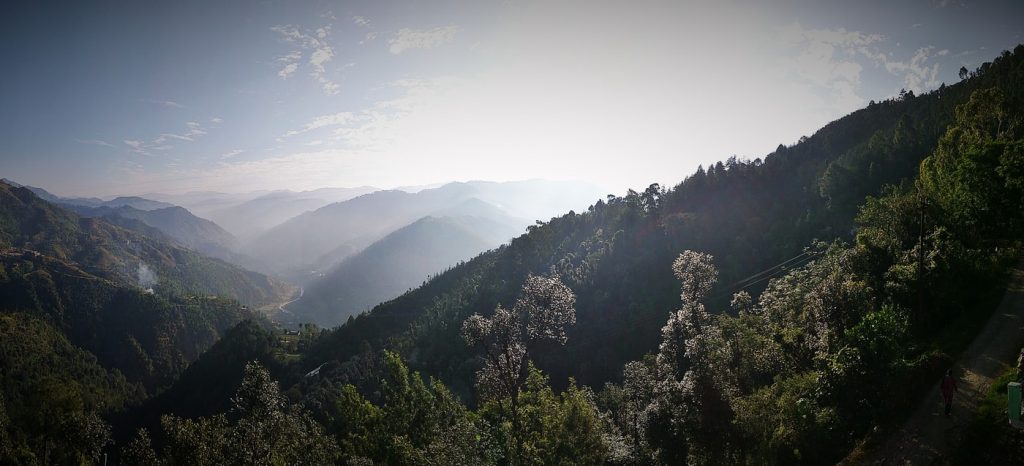
The driver of our car, an elderly and friendly person, was amused at what we were doing; “maybe there were ghosts in Shimla years ago but there are none now”, he said in a tone that sounded like an affectionate censure of the way we were indulging ourselves. I didn’t think he really meant what he said. He probably wanted to join our conversation and impress us by sounding unsuperstitious and modern.
I didn’t tell him that ghosts have to exist for the ghost stories to sound authentic – therefore, worth listening to. Has anyone heard an absorbing ghost story with its author saying, right in the beginning, that his story was untrue because ghosts do not really exist? On the other hand, if one either heard or read a ghost story, which its author ended saying that it was false, didn’t he, honestly, feel a bit too badly cheated?
Variety is always more interesting and exciting than uniformity, in both the real world and the story world. This is why a world in which bhuta, pishaca, brahma rakshasa, churail, (ghosts, ghouls, goblins, etc. in another culture, another terminology) etc. exist along with humans has to be more interesting than the one which is inhabited by the humans alone. Going by what we know about them, they are all so humanlike, whatever be their form.
They are in a sense an extension of the living; they are the “dead-living” and their world is an extension of our world. Many ghosts in Chaudhry’s tales had their fun in their new existence; they had their exclusive get-togethers, from which the non-white ghosts were excluded – death had brought no attitudinal or dispositional change in them.
Some ghosts in these stories did not always shy away from humans; they had things to say to them. They wanted to talk. Like us, the mortals; like us, they looked for sympathetic listeners – strangely, not in their world but in the world of the living – and like us, they often found none. Sometimes they just sought company, even silent company, in our world, but the mortals have enough company in their own surroundings to find time, interest and energy for beings in the dead-living world.
As for our loners, they shun the company even here and can hardly be expected to look for companions from another world. Then there were the bad ghosts in Shimla – beings of all dispositions inhabit the word, be it ours or theirs. Often humans would run into them by chance, which is entirely within the range of possibility since they share the same space, and then if one is alone and the ghost is malevolent, the consequences of a chance meeting could be disastrous for the former.
It is of such material that the ghost stories are usually made. Existences who do not wish to communicate with the humans, like “Babana bhuta” of Gundicha ghara (Gundicha Temple) of Puri or the ghosts of Shiva loka, give us no stories.
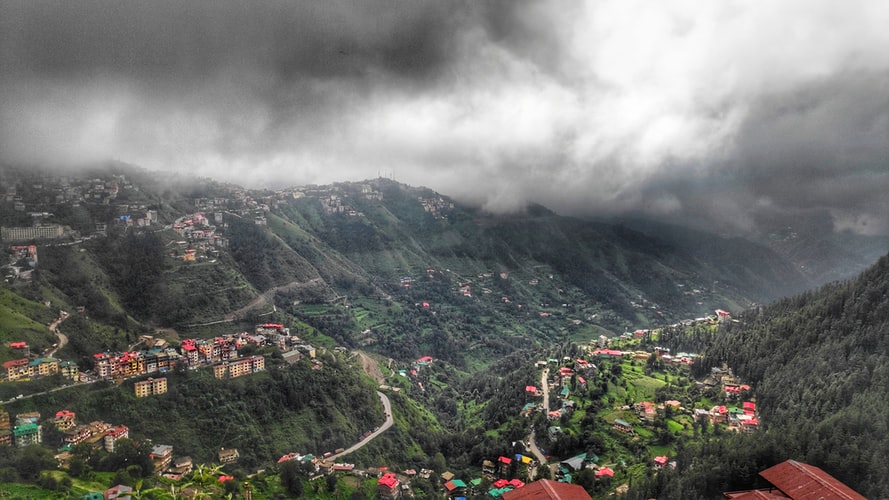
The more malevolent the ghost, the more gripping the story. Harmless ghosts hardly yield absorbing tales. Quite understandable; why read a ghost story if it does not give you goose-pimples? Of course, a harmless ghost could become the subject of a fascinating tale if it has left behind a colourful life or a sad life when he was in our world.
Most of the ghosts in Chaudhry’s collection are, unfortunately, harmless. One of them was so considerate that he consciously avoided his favourite haunts when humans were expected there. But if a human encountered one of these inoffensive ones and fell sick or unconscious or had a heart attack, the poor ghost could not be blamed.
To blame is the fear of the living towards the dead-living and the general prejudice of the former against the latter, formed, in part, from listening to those horrifying stories about malicious ghosts. What is often ignored is that their malice was often due to the far worse malice they had received from some human or humans when they were alive.
As someone said, some live as though to become an example for others – what others should be or more importantly – should not be. One can generalize this observation so as to include ghosts as well; so, some ghosts exist to become examples – “examples” for the living, not for their fellow ghosts, interestingly. For a story-teller, ghosts become the stuff of tales, not because of themselves but for their interaction with the humans.
Now, many ghosts in Chaudhry’s collection have their home in Shimla because – knowing their ways from tales about them, both ancient and new – while alive, they were deeply attached to this quiet, scenic place, with a friendly, English climate. When alive, unlike most Anglo-Indians there, they did not leave Shimla after India’s independence, and it was because of their attachment to the house they lived in, the avenues they frequented, the Club they liked, the friendly winters, and the not so unfriendly summers, etc. that they stayed on and continued to do so even after they slipped into another world.
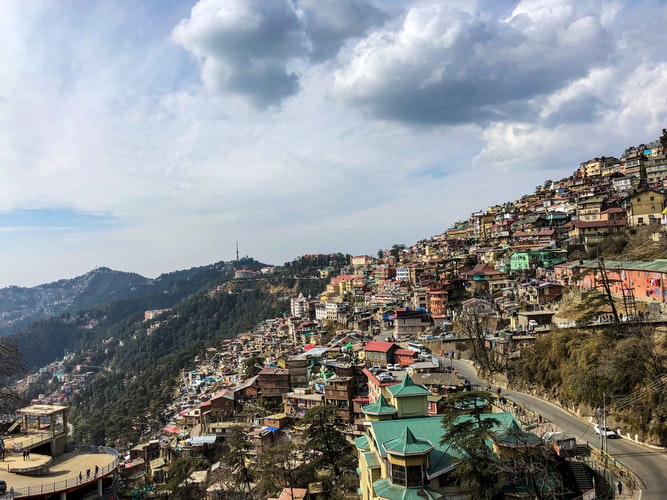
When alive, they were probably simple, ordinary people who quietly and happily lived their days in that lovely hill town. When dead, they suffered the changes the city underwent after independence: filth all around, loss of greenery on account of reckless cutting down of trees to build ugly concrete houses, winters less cold and summers more hot, renaming of streets after locals, the collapse of landmark English structures for sheer neglect, a general lack of discipline and order seen all around and the like.
Embarrassed and uneasy to be seen among these, they hid in daylight and moved around only in the darkness of the midnight, in the cold, the rain, and the mist, hated by the humans, feared by the humans and seen by them as being a pain in their neck. All because of their immoderate attachment to some material things when they were in the mortal world. We have to learn from them what we must not be.
(The views expressed are the writer’s own)
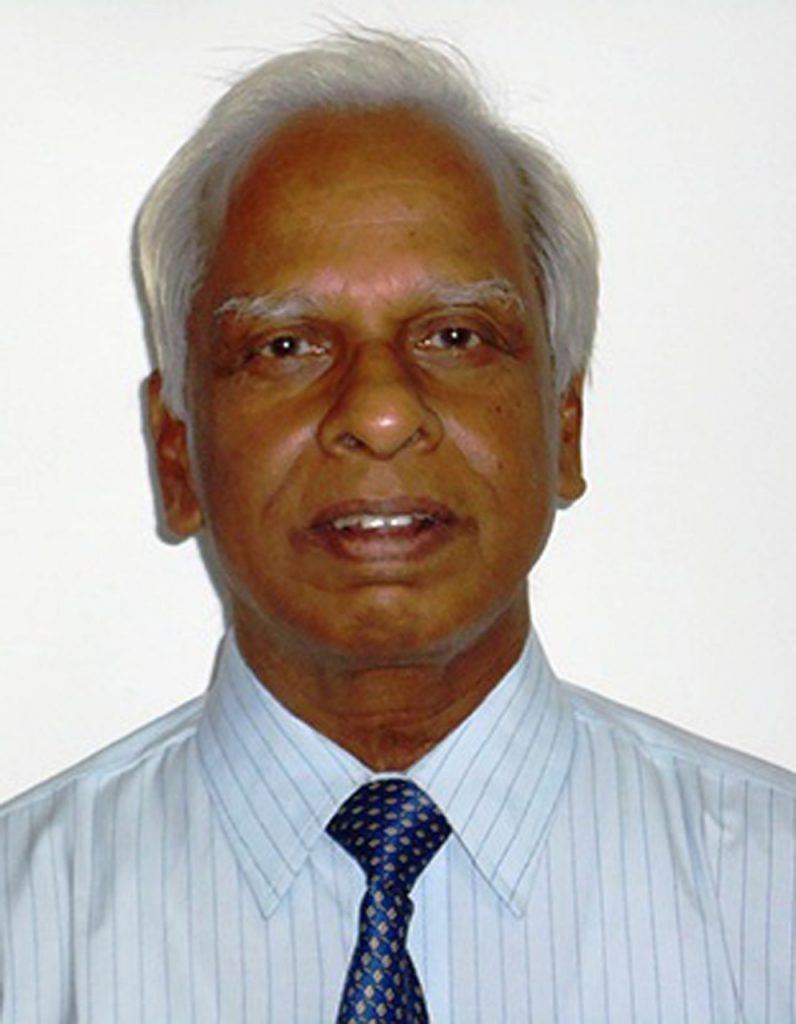
Prof. B.N.Patnaik
Retd. Professor of Linguistics and English, IIT Kanpur
Email: [email protected]
(Images from the net)

